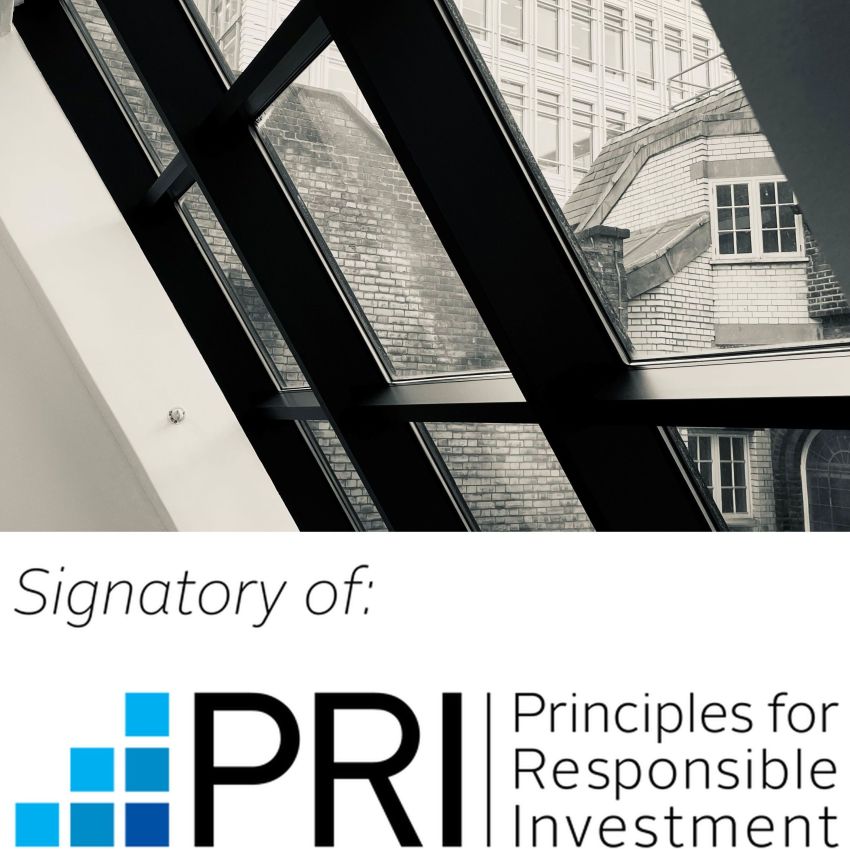SOHO SQUARE CAPITAL LLP
Stewardship Disclosure
The Firm supports the principles enshrined in the Financial Reporting Council's Stewardship Code which sets out good practice for investor engagement. The FCA requires all authorised asset managers to publicly disclose either a statement of compliance with the Stewardship Code or where they do not commit, their alternative investment strategy.
The Financial Conduct Authority and the Financial Reporting Council have acknowledged that certain aspects of the Stewardship Code are not directly relevant to all managers. The Firm does not currently comply with the Code as the Firm’s investment strategy is to invest in small to mid-sized private companies. It does not invest in UK listed companies. Consequently, while the Firm supports the principles of the Code, the provisions of the Code are not relevant to the type of investments currently undertaken by the Firm.
The Firm’s Partners will continue to review the Code's applicability.
MIFIDPRU 8 Disclosure
Please click here for the disclosure
Our Impact
Soho Square Capital has adopted the approach defined in this document as the basis of its ESG approach.
The aim of this Responsible Investment Policy is to outline how we incorporate ESG guidelines into our investment decision-making processes and portfolio management operations.
Soho Square Capital believes that responsible investing is an important element in supporting society’s move towards a sustainable economic future. We acknowledge that responsible investing will not only benefit our investors but will also deliver broader societal benefits.
To do so effectively, we incorporate Environmental, Social and Governance considerations (ESG) into our key processes as well as monitor compliance with the targets set.
Our Responsible Investment Policy – available to read here – outlines how we incorporate ESG guidelines into our investment decision-making processes and portfolio management operations.
ESG considerations should help us mitigate risks, identify opportunities and create value for all stakeholders. These considerations help us not only make better decisions, but also they lay down the foundations required to deliver long-term stable growth. We believe that the prosperity of portfolio companies and the adoption of ambitious ESG objectives go hand in hand.
Read our latest Responsible Investment Report here
Soho Square is a signatory to the UN Principles for Responsible Investment (UNPRI). By aligning ourselves with the UNPRI Principles, we are joining with other private equity firms that share a collective objective to create a more sustainable future.
The UNPRI Principles cover all aspects of our business and we endeavour to make them part of our day to day processes:





